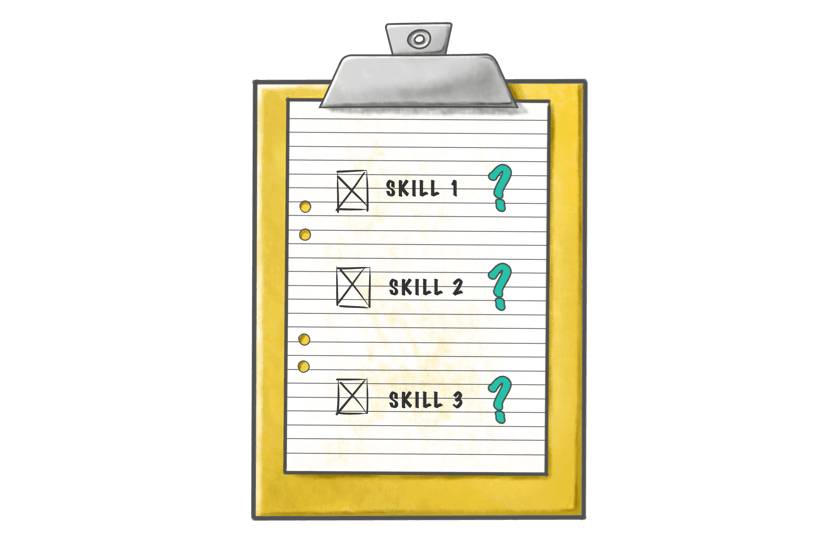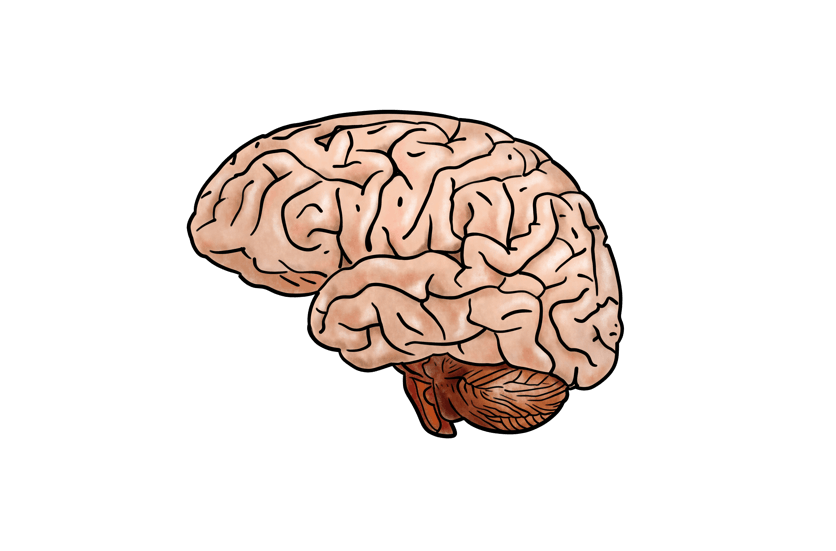
Research presented in a Wiley whitepaper, Video based learning, sheds light on exactly how and why video enhances learning.
Video increases student engagement and learning motivation
In their review of 50 studies of educational video, Greenberg and Zenetis reported that “on-demand streaming video content increases student engagement.” Once engagement— defined as when the learner connects to the visual content and is drawn in by the video— occurs, “the continuum flows into knowledge transfer and memory…The net result in theory is a combination of affective and cognitive development, and retention of content” (Greenberg & Zenetis, 2012).
Video supports video mastery and individual learning pace
Everyone learns differently. Learners who are given the ability to choose the pace at which they learn show increases in motivation and engagement. And re-watching videos as many times as required can increase the student’s mastery of the material. (Institute for Teaching and Learning Innovation).
Video applies dual coding theory
The Dual Coding Theory (DCT) states that both verbal and non-verbal processing are essential for learning. DCT proposes that all information is stored in two memory channels; one for verbal code and one for visual code. When these two channels work together there is a much greater chance that the information will be remembered. So video with audio increases the likelihood that learners will retain and recall the information that they’ve learnt. (MacMahon, 2013)
Video harnesses the power of storytelling
Storytelling is the oldest form of teaching and has long been acknowledged as one of the most powerful communication methods. Stories give student’s perspective and when the narrative in a story is relatable to the student’s own experiences, recall is enhanced. Studies have shown that students’ are motivated to engage with content that uses narrative storytelling. (Greenberg & Zenetis, 2012)











































































































